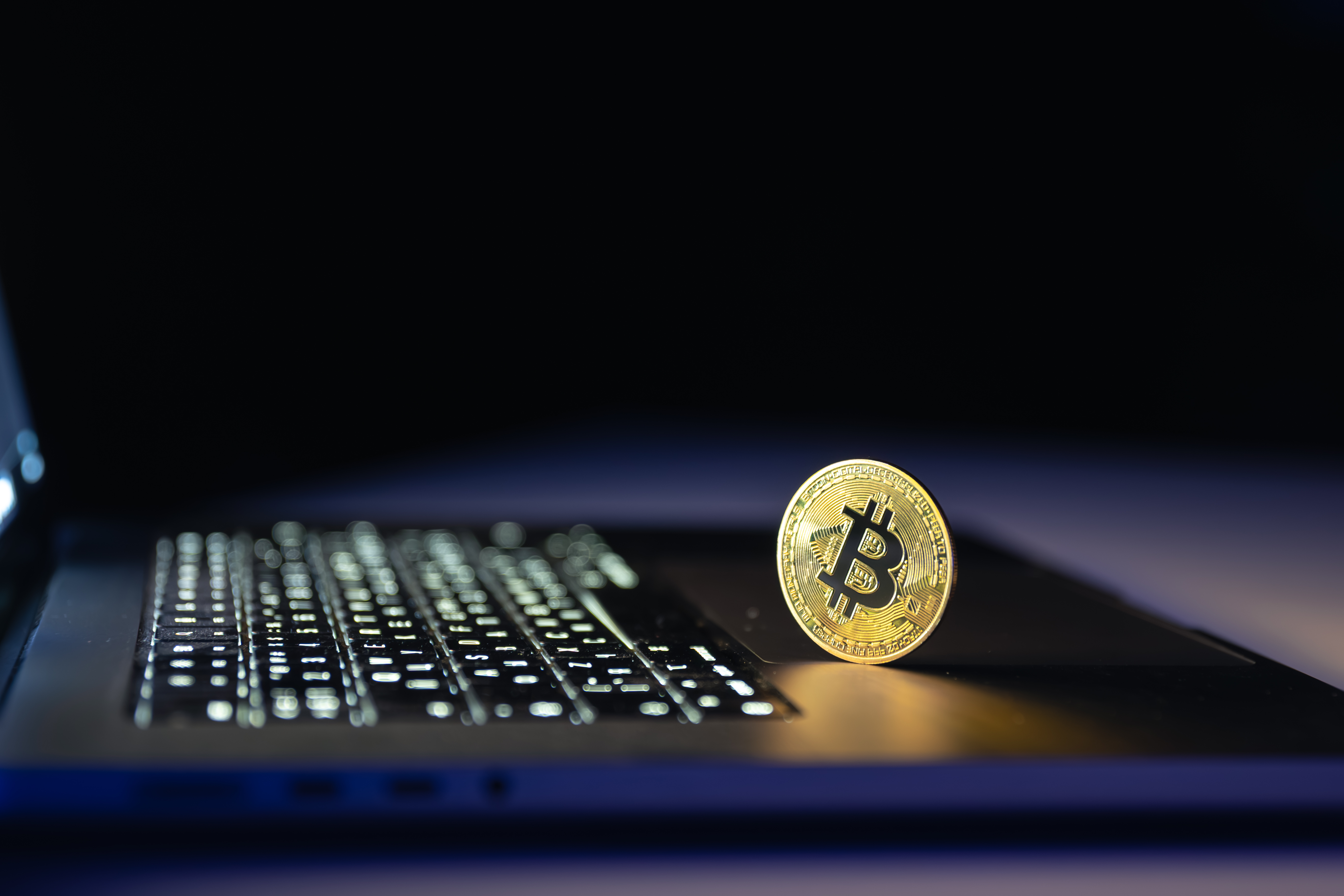On the 6th of March 2025, President Donald Trump signed an executive order approving the creation of a U.S. Digital Asset Stockpile. According to the White House, this stockpile will serve as holdings of select cryptocurrencies and blockchain-based assets, aimed at boosting national resilience in digital finance. Its creation marks a pivotal shift in U.S. economic policy and has been celebrated by many in the crypto community. But it also raises significant questions about which digital assets are considered essential to national interests, and why certain tokens, like Ripple (XRP), may play a central role.
In this article, we take a closer look at the creation of the U.S. Digital Asset Stockpile, the U.S. Strategic Bitcoin Reserve, the digital assets included in the stockpile and why Ripple (XRP) could be a relevant feature.
The U.S. Digital Asset Stockpile and Strategic Bitcoin Reserve
On the 6th of March 2025, President Donald Trump signed an executive order establishing a Strategic Bitcoin Reserve and U.S. Digital Asset Stockpile. According to the White House fact sheet, the Strategic Bitcoin Reserve is designed to treat Bitcoin as a reserve asset, leveraging bitcoin owned by the Department of Treasury seized through criminal or civil proceedings. The White House Fact Sheet states that "The United States will not sell bitcoin deposited into this Strategic Bitcoin Reserve, which will be maintained as a store of reserve assets."
By contrast, the U.S. Digital Asset Stockpile will be made up of other digital assets such as Ethereum (ETH), Ripple, XRP, Solana (SOL), and Cardano (ADA) (excluding Bitcoin), acquired through similar means. Unlike the Bitcoin Reserve, the management strategies for these assets could include potential sales, which would have to be studied and determined by the U.S. Treasury Department. The overall goal of both these measures is to strengthen the United States’ position in the growing digital economy by establishing a foothold in key blockchain-based assets in the face of a global shift towards decentralized technologies.
What is Ripple (XRP) and why is it relevant?
Ripple is a blockchain-based technology platform that was launched by Ripple Labs in 2012 with the aim of modernizing global payments. Ripple’s native token, XRP, is currently the largest cryptocurrency by market capitalization, and recently entered into mainstream conversation when it was announced that it would form part of President Trump’s U.S. Digital Asset Stockpile. Unlike many cryptocurrencies designed primarily for peer-to-peer transactions or as speculative assets, XRP was engineered with institutional use in mind.
Its core function is as a bridge currency, enabling the instant settlement of cross-border payments between fiat currencies without relying on traditional banking infrastructures. XRP’s inclusion in the U.S. Digital Asset Stockpile marks a broader recognition of its strategic utility and value. While the Trump Administration is positioning Bitcoin as a long-term store of value, XRP appears to be viewed as a more transactional asset whose infrastructure could potentially be a powerful aid in the future of global finance.
What is XRP's Role in the U.S. Digital Asset Stockpile?
The inclusion of XRP in the U.S. Digital Asset Stockpile sparked considerable debate among the crypto community. While some people viewed it as a strategic acknowledgement of XRP’s utility in facilitating cross-border payments, others questioned its suitability due to concerns over centralization and limited adoption in decentralized finance applications. The company behind XRP, Ripple Labs, has also developed technology such as xCurrent and xVia, which helps streamline interbank transactions, but they do not use XRP directly.
So, while Ripple’s tech is leveraged by major institutions, the adoption of XRP itself may be limited. Critics also highlighted structural concerns, including XRP’s reliance on validators and Ripple Labs’ control over token supply, which have raised questions about decentralization and market influence. But despite the debate, the inclusion of XRP in the U.S. Digital Asset Stockpile also suggests that the government sees strategic value in its transaction-first design, particularly in the context of global financial infrastructure.
For more information on crypto trends, how to use Limitlex, or to open a trading account with us, visit www.limitlex.com.



